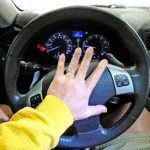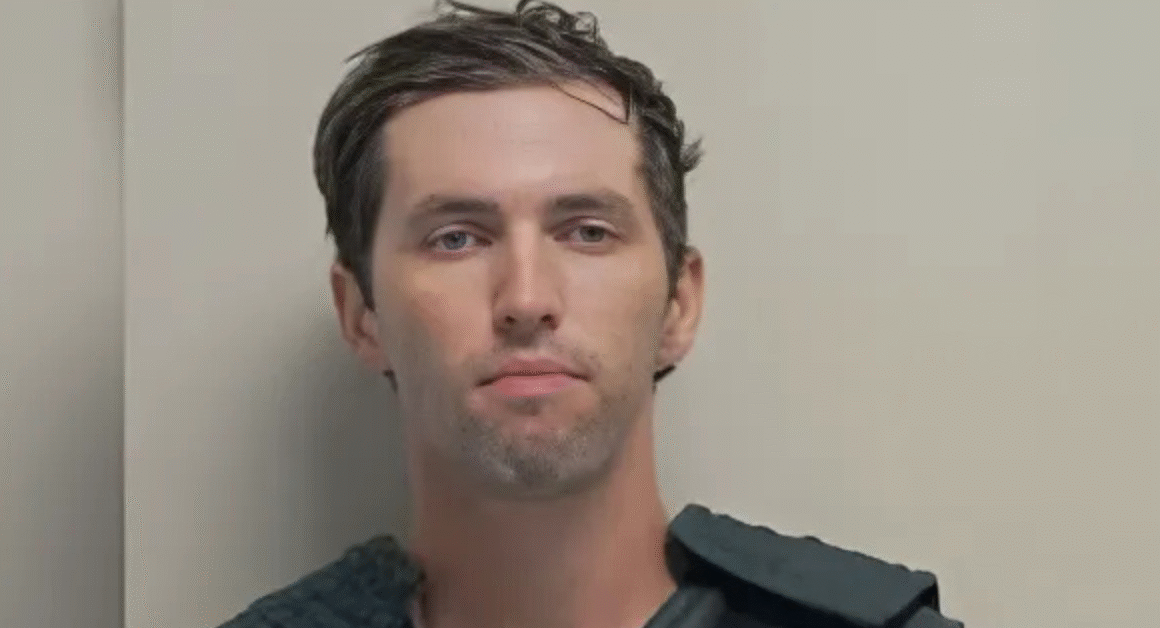In a heartbreaking case that has stunned communities, police have uncovered a disturbing situation where parents allegedly kept their five children locked in a single room that “functioned as a dungeon.” The room reportedly had no door handle, making it impossible for the children to open the door and escape on their own. Authorities have raised serious concerns about the children’s safety and well-being.
This unsettling incident has brought attention to child protection and the urgent need for vigilance, especially in keeping children safe from neglect or abuse at home. Understanding how such situations develop and the signs to watch for can help communities protect vulnerable children from harm.
The Disturbing Details of the Locked Room
According to police reports, the children were kept in a small, confined space with no handle on the door. This design prevented them from opening it by themselves, effectively trapping them inside. The setup has been described as “functioned as a dungeon,” highlighting the severity of their confinement. Officers responding to the case expressed deep concern regarding the mental and physical health impact such isolation can have on children.
Law enforcement officials became involved after receiving tip-offs from neighbors and welfare groups. The discovery triggered an immediate investigation into the family’s living conditions and the parents’ intentions.
Police Action and Current Status of the Children
Law enforcement agencies acted swiftly after learning about the case. The children were rescued and placed under protective care to ensure their safety. The parents are now facing legal inquiries and potential charges related to child neglect and unlawful confinement.
Officials emphasized the importance of community involvement in reporting suspicious or harmful situations. “Child safety is everyone’s responsibility,” said one officer, reminding the public to stay vigilant and report any signs of abuse or neglect immediately.
Understanding the Impact on Children
Keeping children in confined spaces with limited freedom can cause severe emotional and psychological damage. Experts say children need open, safe environments to grow and learn. Situations like this can lead to lasting trauma, affecting their social skills and mental health.
The American Academy of Pediatrics explains that children require emotional support, freedom to explore, and a nurturing environment for healthy development (source: AAP). Restrictions and isolation, especially forced confinement, contradict these basic needs and potentially cause harm.
The Role of Society in Protecting Children
Tragic incidents like this highlight the critical role society plays in child welfare. Schools, neighbors, and community members are often the first to notice signs of trouble. Immediate reporting to authorities can prevent prolonged abuse or neglect.
The National Child Abuse Hotline offers resources and assistance to those suspecting abuse or neglect (source: Childhelp). Raising public awareness about recognizing and responding to child abuse is key to safeguarding children nationwide.
Preventive Measures and What You Can Do
If you suspect a child is in danger or experiencing neglect, do not hesitate to contact local child protective services or the police. Education on child rights and parenting support services can also help prevent such tragic situations from occurring.
Positive parenting programs and community outreach are effective ways to promote healthy family environments. By fostering awareness and encouraging reporting, communities can protect children from harm and ensure they thrive in safe homes.
Conclusion: Raising Awareness to Protect Children
The recent case of children locked in a room without a door handle is a stark reminder of how vulnerable children can be and the importance of community vigilance. It encourages all of us to watch out for the well-being of children in our communities and take action if we suspect abuse.
Authorities continue to investigate the case and provide care and support to the rescued children. For more information on child safety and resources, visit trusted organizations like the American Academy of Pediatrics (AAP) and Childhelp (Childhelp).













